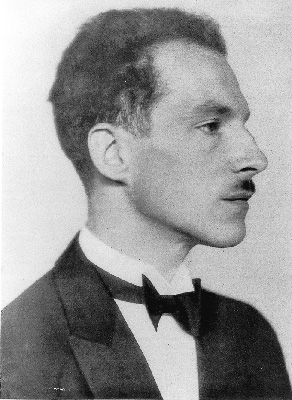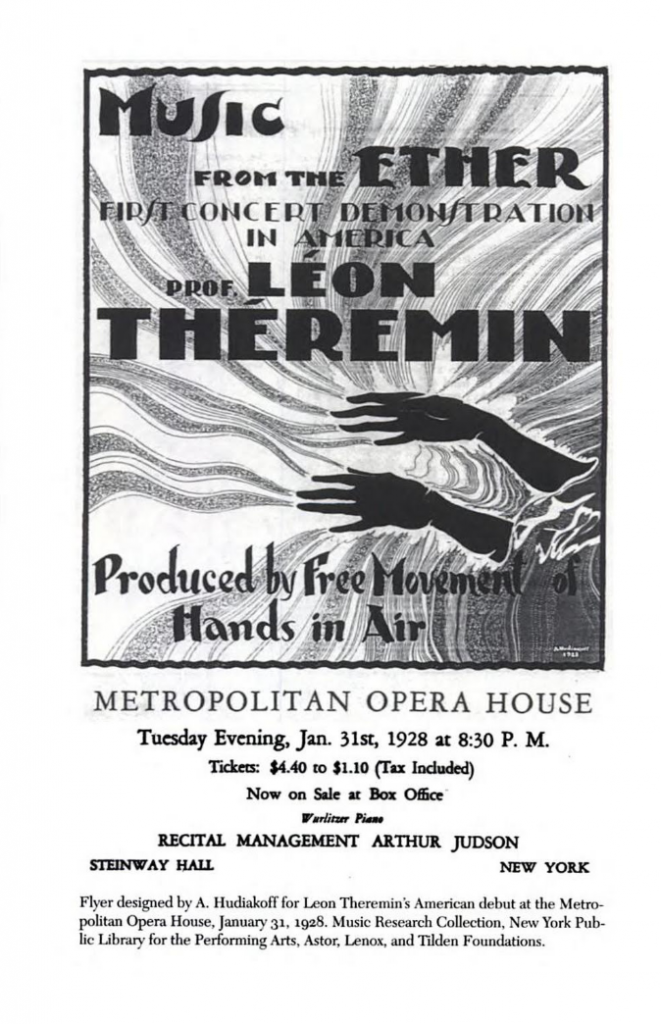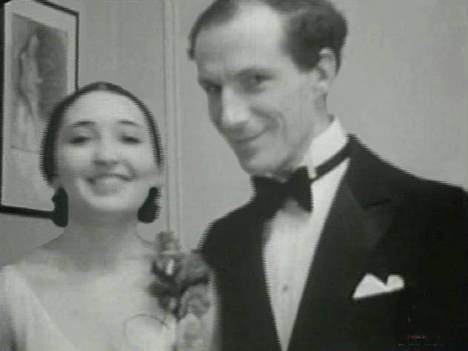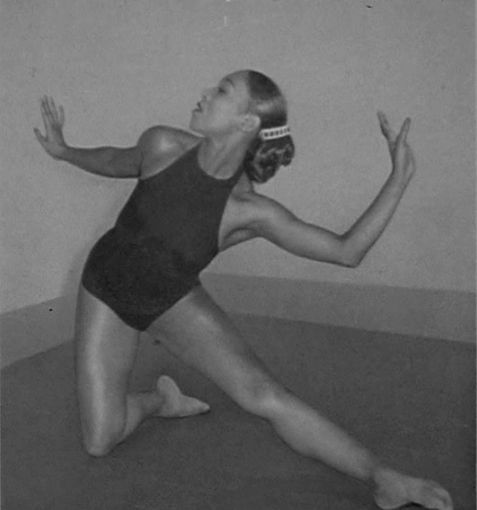
When you think of the theremin, what is the first thing that comes to mind? Perhaps a violin being played under water? Ghost movies? Alien abductions?? For me, I always think of that one episode on the Big Bang Theory where Sheldon used it to played the Star Trek theme song (much to the annoyance of his friends).
Even though your views of the theremin might not be as intrinsically linked the the Big Bang Theory as mine, I’m sure we can all agree that this instrument is already pretty cool. And now that we have established that the theremin is pretty freaking cool and therefore worth studying, I’m about to flood your brain with all the necessary knowledge you never thought you needed about how this pretty incredible piece of electronic technology came to be.
A History of Lev and his Theremin

(1896-1993)
The thermain begin in the mind of Russian inventor Lev Sergeyevich Termen, more commonly known today as Léon Theremin in 1919. The 23 year old soviet (who was also a KGB spy) invented the device accidentally while working on a meter that measures the density of gas. Basically this gas meter created an electromagnetic field that would produce a sound when the area around it was disturbed. Theremin realized that the closer he brought his hands to the gas meter, the higher the pitch became, and the further away he pulled his hands, the lower the pitch became. So, like any 23 year old in a laboratory when you find out your new machine makes funny noises, Theremin busted out some tunes for his lab buddies. His buddies and his boss were like “Wow that’s so cool . How about you like make an actual instrument out of it and like take it on the road and stuff?” And, so he did.
But first young Theremin made a pit stop at Vladmir Lenon’s house in 1922 to show him the new diddy maker he had just made, which he called the Aetherphone. And Lenin was like “Woah, this is cool, like really cool. It electronic technology like this that will help me spread all the communism. You should totally go out and share this Aetherphone with the people (and also maye think of a new name while you’re at it.)” So, with Lenin’s gold star of approval, Léon Theremin went out and spent the 1920s touring Europe with his fancy new doodad, which he now called the Thereminvox (which was then shortened to Theremin because it’s easier to say).

After traveling and performing around Europe, Mr. Theremin and his wife Katia then made their way to America in 1927. In America, Theremin performed in the nation’s top concert halls and venues making his debut at the Metropolitan Opera in 1928, then New York Philharmonic in 1928, and Carnegie Hall in 1928 and 1929. It was at this time that Leon Theremin also patented his theremin in the United States and the Theremin began to be produced and marketed by RCA (*Radio Corporation of America) in 1929 and 1930. Unfortunately, they were not a commercial success.
However, while in America Mr. Theremin met Clara Rockmore (née Reisenberg) who would go on to become a theremin virtuoso and perpetuate the use of theremins in modern music and cinema. Clara went on to devise her own fingering to allow for greater control and dexterity on the instrument, and as their partnership continued, Clara convinced Mr. Theremin to continue to refine his instrument, expanding the instrument’s range from three octaves to five octaves. Mr. Theremin, who was so encapsulated by Clara’s gifts, then proposed to her (a bunch of times) ((even though he may have still been married to Katia)), and was rejected, and Clara went on to marry the attorney Robert Rockmore.

In the 1930s, Mr. Theremin established a laboratory in New York where he continued to develop the Theremin and other electronic instruments including the Rhythmicorn (electronic drum set) and the Fingerboard (cello) Theremin. Theremin even went on to perform a 10 theremin program in Carnegie Hall in 1930 and conducted his first electronic orchestra in 1932. Mr. Theremin also went on to marry the African-American ballet dancer Lavinia Williams, which resulted in his ostracization from society.

The Theremin continued to make appearances in films and media in the background tracks of movies like The Lost Weekend (1945), Spellbound (1945), and Forbidden Planet (1956). Meanwhile Clara Rockmore continued to play the Theremin in a variety of concert halls and venues (and was also featured in the 1932 performances in Carnegie Hall). Clara went on to release an album entitled “The Art of the Theremin” in 1977 with Delos CD, containing a variety of selections from the classical canon. Even moving into the late 20th and early 21st century, the Theremin is still heard in a variety of pop songs including in the Beach Boys 1996 single “Good Vibrations,” the 1967 Rolling Stones albums Between the Buttons and Their Satanic Majesties Request.
And through the theremins continued success across the mainstream media and musical performances, what ever happened to Leo Theremin? One day in 1938, he disappeared from his New York studio and vanished, being swept back to Russia, leaving behind his wife, Lavinia, and his theremin (among many his other musical inventions). Never to be heard from again until the fall of the Iron Curtain in 1991.
Technology Behind the Theremin
So how does this thing actually work? We’ll you’re in luck because SciShow made a super informative video that explains the whole thing. The theremin really didn’t change a whole lot since its invention; the body of the device grew smaller due to the advancements in microtechnologies and the rod that determines pitch was made longer as to accommodate a more extended range. Aside from these small adjustments, the science behind the theremin remained relatively unchanged.
The Theremin In Action
Here are some super cool videos of the Theremin in action!
